BY DEFENCE JOURNALIST SAHIL | T.I.N. NETWORK
Army Chief Reveals: Indigenous ‘SAMBHAV’ Phones Replaced WhatsApp in Operation Sindoor, Strengthening India’s Secure Communication Network
New Delhi | September 10, 2025
In a historic revelation that underscores India’s growing self-reliance in defence technology, Army Chief General Upendra Dwivedi has confirmed that during Operation Sindoor, the Indian Army relied on indigenously developed “SAMBHAV” phones for secure command and communication, steering clear of foreign-owned applications such as WhatsApp.
General Dwivedi, while addressing senior officers and media representatives, proudly stated that “SAMBHAV – Secure Army Mobile Bharat Version” was the backbone of military communication during the high-stakes operation. He emphasized that the indigenous system provided security, confidentiality, and real-time connectivity at a scale never attempted before, ensuring that no sensitive operational details were at risk of foreign surveillance.
“We did not use foreign apps during Operation Sindoor. SAMBHAV phones became our trusted command and communication system. We are now upgrading it to an even higher level,” General Dwivedi said, in remarks that signal a new era in military digital sovereignty.
A Turning Point in Digital Self-Reliance
Operation Sindoor, one of the largest coordinated tri-service operations in recent history, required seamless and absolutely secure communication across vast distances and multiple units. Traditionally, armies worldwide have relied on encrypted radio, satellite phones, and third-party messaging apps for coordination. However, such systems often carry the inherent risk of foreign interception and cyber espionage.
India’s decision to deploy SAMBHAV phones during the operation is being hailed as a watershed moment in the nation’s Aatmanirbhar Bharat journey. The phones, developed under strict military-grade security protocols, ensured that operational data never left Indian servers and could not be compromised by external actors.
What is SAMBHAV?
SAMBHAV, an acronym for Secure Army Mobile Bharat Version, is a homegrown encrypted communication platform designed specifically for the Indian Army. Unlike commercial apps such as WhatsApp, Telegram, or Signal — which are controlled by foreign companies and routed through global data centers — SAMBHAV runs on indigenous servers with end-to-end military encryption.
Key features include:
- Military-Grade Encryption: Communication is encrypted using India’s defense-developed cryptography standards.
- Offline Command Capability: SAMBHAV can function even in low-connectivity or blackout zones using secure relay networks.
- No Foreign Dependencies: All data remains within Indian military-controlled infrastructure, ensuring zero leakage.
- Custom Military Functions: Unlike civilian apps, SAMBHAV integrates battlefield command tools, location-based updates, and hierarchical access levels for commanders.
Sources indicate that SAMBHAV was developed jointly by the Army’s Signals Corps, DRDO’s Centre for Artificial Intelligence and Robotics (CAIR), and private Indian defence-tech startups working under the Innovations for Defence Excellence (iDEX) framework.
Why Not WhatsApp or Other Foreign Apps?
General Dwivedi’s remarks highlight India’s growing concern over cyber vulnerabilities. Foreign-owned messaging platforms, even with end-to-end encryption, have been repeatedly flagged for data privacy issues. In military scenarios, even metadata — such as location, time stamps, and user activity — can reveal crucial operational secrets to adversaries.
During Operation Sindoor, when India executed highly coordinated maneuvers across the desert sector involving the Army, Air Force, and BSF, maintaining secrecy was paramount. Using WhatsApp or similar foreign apps could have risked exposing operational timing, troop movement, and mission planning to hostile intelligence agencies. SAMBHAV eliminated this threat.
Operation Sindoor: A Testing Ground
Operation Sindoor, conducted earlier this year, was India’s decisive show of force in the western sector, stretching from Jaisalmer to Kutch. The operation involved coordinated strikes, advanced air defence readiness, and joint manoeuvres between ground and air assets.
Officials revealed that SAMBHAV phones were deployed at multiple levels: from Corps Headquarters down to field units, ensuring that every operational instruction was transmitted securely without depending on commercial telecom or foreign internet networks.
Military insiders note that this was the first time India deployed an indigenous communication system at such a scale during active operations. The results were “flawless,” according to senior commanders, with zero downtime, zero breaches, and near-instant connectivity.
The Road Ahead: Upgrading SAMBHAV
General Dwivedi’s confirmation that SAMBHAV is now being upgraded suggests that the Army is planning to expand the system’s capability. According to defence sources, upcoming upgrades may include:
- Integration with Battlefield AI Systems: Linking SAMBHAV with real-time drone feeds, satellite imagery, and AI-generated alerts.
- Cross-Service Interoperability: Extending SAMBHAV’s use beyond the Army to the Indian Navy, Air Force, and even paramilitary forces.
- Next-Gen Security Features: Quantum-resistant encryption to prepare for future threats from quantum computing.
- Offline Battlefield Networks: Expanded mesh networking that allows units to stay connected even without cellular coverage.
This would ensure that SAMBHAV evolves from being just a secure phone system to becoming a comprehensive battlefield communication ecosystem.
Strategic Significance
Experts see this development as part of India’s broader move towards strategic digital autonomy. In the age of hybrid warfare, where cyber espionage and data theft can be as damaging as conventional attacks, self-reliant communication tools are as important as missiles and tanks.
By rejecting dependence on WhatsApp or any other foreign apps, the Indian Army has sent a strong message — national security cannot be outsourced. The revelation also strengthens India’s standing among nations investing in indigenous military technology, such as Russia’s Era Military Messenger and China’s Zhongxin Junbao system.
Conclusion
The Army Chief’s disclosure about SAMBHAV is more than just a technological update — it reflects a fundamental shift in India’s approach to warfare in the digital age. Operation Sindoor proved that India can rely on its own secure systems for mission-critical communication, free from foreign surveillance risks.
As General Dwivedi affirmed, the Army is already upgrading SAMBHAV to “a higher level,” signaling that India is preparing for the next phase of indigenous digital warfare capabilities. For the men and women on the frontlines, this means that their words, commands, and strategies remain shielded behind a wall of Indian-made security.
BY DEFENCE JOURNALIST SAHIL | T.I.N. NETWORK
ऑपरेशन सिंदूर में ‘SAMBHAV’ फोन ने संभाली कमान: व्हाट्सएप को छोड़ा, भारतीय सेना ने सुरक्षित संचार का नया अध्याय लिखा
नई दिल्ली | 10 सितम्बर 2025
भारत की आत्मनिर्भरता और सैन्य तकनीक में नए युग की ओर इशारा करते हुए थलसेनाध्यक्ष जनरल उपेंद्र द्विवेदी ने खुलासा किया है कि ऑपरेशन सिंदूर के दौरान भारतीय सेना ने संचार और कमांड के लिए स्वदेशी रूप से विकसित किए गए ‘SAMBHAV’ फोन का इस्तेमाल किया। इसके साथ ही सेना ने पूरी तरह विदेशी ऐप्स, विशेषकर व्हाट्सएप जैसी सेवाओं से दूरी बना ली।
वरिष्ठ अधिकारियों और मीडिया प्रतिनिधियों को संबोधित करते हुए जनरल द्विवेदी ने कहा,
“हमने ऑपरेशन सिंदूर के दौरान किसी विदेशी ऐप का इस्तेमाल नहीं किया। SAMBHAV फोन हमारी भरोसेमंद कमांड और कम्युनिकेशन प्रणाली बने। अब हम इसे और उच्च स्तर पर ले जा रहे हैं।”
यह बयान न केवल भारत की सैन्य संचार क्षमता का प्रदर्शन है बल्कि यह संदेश भी है कि अब देश संवेदनशील ऑपरेशनल सूचनाओं के लिए विदेशी प्लेटफॉर्म्स पर निर्भर नहीं रहेगा।
डिजिटल आत्मनिर्भरता की दिशा में बड़ा कदम
ऑपरेशन सिंदूर, जो हाल के वर्षों का सबसे बड़ा त्रिसेवा (Tri-service) समन्वित सैन्य अभ्यास था, में रेगिस्तानी क्षेत्र से लेकर पश्चिमी मोर्चे तक सेना, वायुसेना और बीएसएफ की टुकड़ियों को आपस में जोड़ने के लिए निर्बाध और सुरक्षित संचार की आवश्यकता थी। परंपरागत रूप से सेनाएं रेडियो, सैटेलाइट फोन और थर्ड-पार्टी मैसेजिंग ऐप्स पर निर्भर रही हैं। लेकिन इन साधनों में हमेशा विदेशी निगरानी और साइबर जासूसी का खतरा बना रहता है।
ऐसे समय में SAMBHAV का इस्तेमाल भारत के आत्मनिर्भर भारत अभियान के लिए मील का पत्थर साबित हुआ। पूरी तरह स्वदेशी सर्वर और सैन्य-स्तरीय एन्क्रिप्शन से लैस इस फोन ने यह सुनिश्चित किया कि किसी भी स्थिति में ऑपरेशनल डेटा भारत से बाहर न जाए।
क्या है SAMBHAV?
‘SAMBHAV’ यानी Secure Army Mobile Bharat Version भारतीय सेना के लिए विशेष रूप से डिज़ाइन किया गया एक सुरक्षित संचार प्लेटफॉर्म है।
इसकी प्रमुख विशेषताएं:
- सैन्य-स्तरीय एन्क्रिप्शन: भारतीय रक्षा मानकों के अनुरूप बनाए गए क्रिप्टोग्राफी सिस्टम।
- ऑफ़लाइन कमांड क्षमता: कम नेटवर्क या ब्लैकआउट ज़ोन में भी सुरक्षित रिले नेटवर्क से सक्रिय।
- विदेशी निर्भरता नहीं: सभी डेटा भारतीय सैन्य नियंत्रित सर्वरों में सुरक्षित।
- युद्धक्षेत्र उपयोगिता: कमांड टूल्स, लोकेशन अपडेट और पदानुक्रम आधारित एक्सेस स्तर।
इसे सेना की सिग्नल्स कोर, डीआरडीओ के Centre for Artificial Intelligence and Robotics (CAIR) और iDEX ढांचे के तहत निजी भारतीय स्टार्टअप्स ने मिलकर विकसित किया।
व्हाट्सएप क्यों नहीं?
व्हाट्सएप और अन्य विदेशी ऐप्स भले ही एंड-टू-एंड एन्क्रिप्शन का दावा करते हों, लेकिन मेटाडेटा लीक होने का खतरा हमेशा रहता है। दुश्मन एजेंसियां स्थान, समय और गतिविधियों से भी ऑपरेशनल रहस्य निकाल सकती हैं।
ऑपरेशन सिंदूर के दौरान जब सेना, वायुसेना और बीएसएफ ने राजस्थान के रेगिस्तानी मोर्चे पर समन्वित कार्रवाई की, तब किसी भी तरह का रिसाव बड़ा खतरा बन सकता था। SAMBHAV ने इस खतरे को पूरी तरह समाप्त कर दिया।
ऑपरेशन सिंदूर: वास्तविक परीक्षा
जैसलमेर से कच्छ तक फैले इस विशाल अभ्यास में SAMBHAV फोन का इस्तेमाल कॉर्प्स हेडक्वार्टर से लेकर फील्ड यूनिट तक किया गया। हर स्तर पर यह प्रणाली बिना किसी रुकावट और बिना किसी सेंधमारी के प्रभावी रही। वरिष्ठ कमांडरों ने इसे “त्रुटिरहित” और “तुरंत जुड़ने वाली” प्रणाली बताया।
आगे की राह: उन्नत SAMBHAV
जनरल द्विवेदी ने संकेत दिए कि इस प्रणाली को और उन्नत किया जा रहा है। आने वाले संस्करण में शामिल हो सकते हैं:
- एआई और बैटलफील्ड इंटीग्रेशन: ड्रोन फीड, सैटेलाइट इमेजरी और एआई अलर्ट का एकीकरण।
- त्रिसेवा उपयोगिता: नौसेना, वायुसेना और अर्धसैनिक बलों तक विस्तार।
- क्वांटम-रेज़िस्टेंट सुरक्षा: भविष्य के क्वांटम कंप्यूटिंग खतरों के लिए तैयार।
- ऑफ़लाइन मेश नेटवर्किंग: बिना सेल्युलर कवरेज वाले क्षेत्रों में भी जुड़ाव।
रणनीतिक महत्व
आधुनिक युद्ध अब सिर्फ़ गोलियों और मिसाइलों से नहीं, बल्कि डेटा और साइबर सुरक्षा से भी लड़े जाते हैं। SAMBHAV ने भारत को यह आत्मविश्वास दिया है कि उसकी कमांड चेन विदेशी निगरानी से मुक्त है।
रूस और चीन जैसे देशों की तरह अब भारत भी अपना स्वदेशी सैन्य संचार नेटवर्क रखता है। यह कदम न केवल सैन्य दृष्टि से बल्कि कूटनीतिक रूप से भी भारत को मजबूत बनाता है।
निष्कर्ष
जनरल द्विवेदी का यह खुलासा सिर्फ तकनीकी अपडेट नहीं, बल्कि भारत के सैन्य चिंतन में परिवर्तन का संकेत है। ऑपरेशन सिंदूर ने साबित किया कि भारत अपने ही सुरक्षित संचार माध्यमों पर भरोसा कर सकता है। आने वाले समय में SAMBHAV का और उन्नत संस्करण भारतीय सशस्त्र बलों को डिजिटल युद्ध की नई ऊंचाइयों पर ले जाएगा।

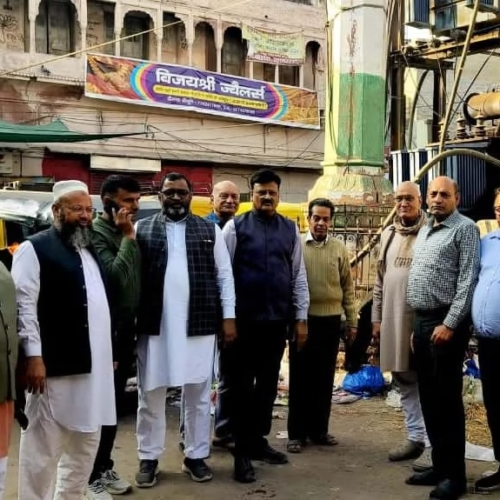


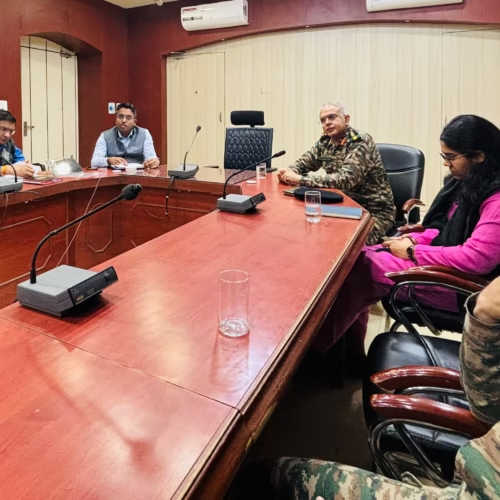
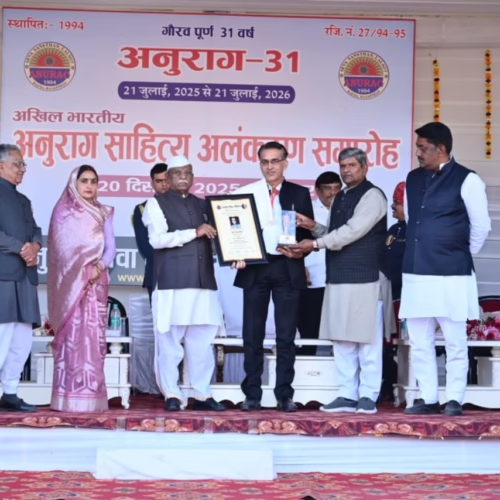




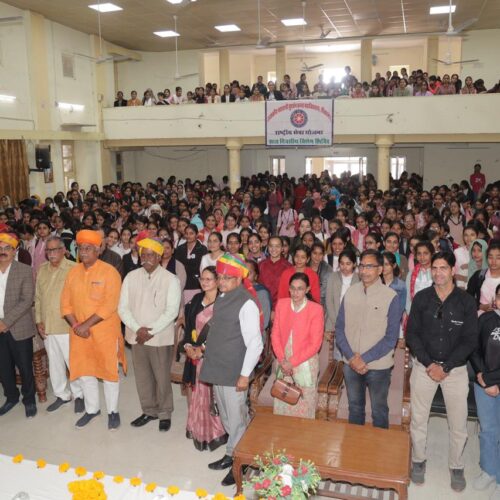
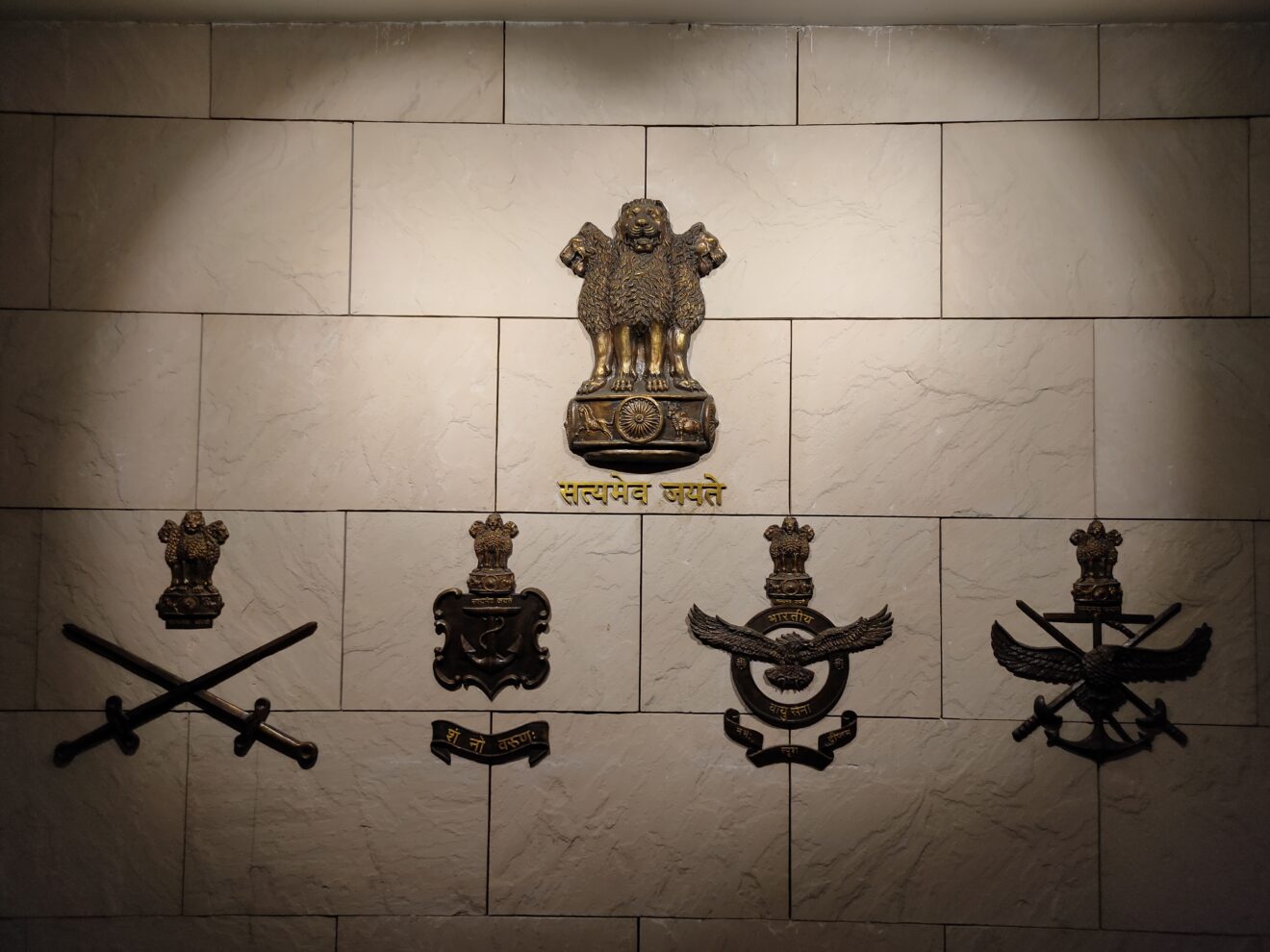





Add Comment